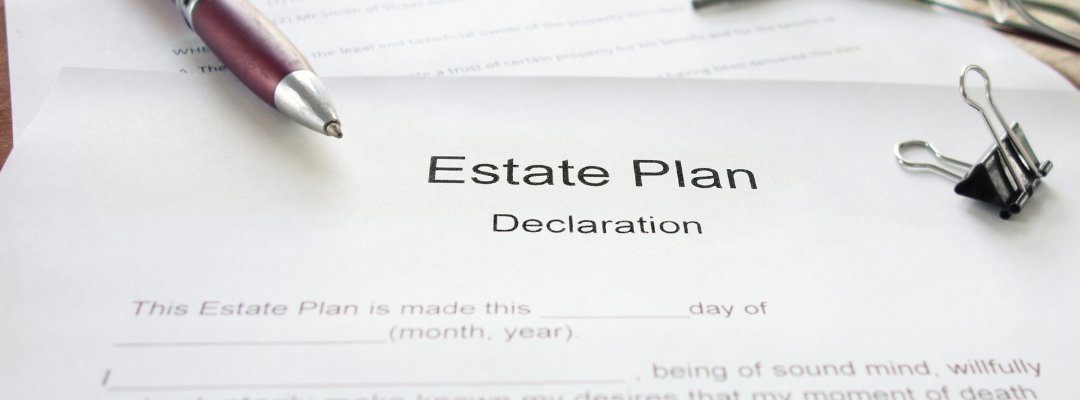Environmental plaintiffs are seeking summary judgment in a lawsuit they filed in 2023 to challenge the Environmental Protection Agency’s (“EPA”) 2022 decision to register the pesticides Enlist One and Enlist Duo for use through January 2029. Specifically, the plaintiffs have asked the court to revoke the labels for both Enlist products, a move that would make both products unavailable for use.
Both Enlist One and Enlist Duo are herbicide products manufactured and sold by Corteva Agriscience LLC. Both products contain as an active ingredient the choline salt of 2,4-dichlogophenoxyacetic acid, otherwise known as 2,4-D. Enlist Duo also includes glyphosate as a second active ingredient. Enlist One and Enlist Duo have both been approved for use on 2,4-D resistant corn, soybean, and cotton crops in 34 states.
A pesticide may not be sold or distributed in the United States until EPA registers the pesticide for use under the Federal Insecticide, Fungicide, and Rodenticide Act (FIFRA). To register a pesticide, FIFRA requires EPA to determine that using the pesticide for its intended purpose will not cause “unreasonable adverse effects on the environment” which is defined as “any unreasonable risk to man or the environment, taking into account the economic, social, and environmental costs and benefits of the use of the pesticide.” In other words, FIFRA requires EPA to register a pesticide for use only if the agency has determined that the costs of using the pesticide in its intended manner do not outweigh the benefits.
When EPA registered Enlist One and Enlist Duo for use in 2022, the agency concluded that one of the main benefits of using Enlist products was the products’ effectiveness against herbicide-resistant broadleaf weeds in cotton and soybean crops. EPA also identified certain environmental risks such as potential harm to pollinators, pollinator host plants such as milkweed, and other wildlife species. To address those risks, EPA included additional application requirements on the Enlist labels to reduce the amount of 2,4-D that could travel off target via spray drift or runoff. Those measures included a 30-foot spray drift buffer and a requirement that Enlist applicators select mitigation measures from a “pick list” developed by EPA for the purpose of limiting pesticide exposure to wildlife. Each mitigation measure is assigned a point value, and to apply Enlist One or Enlist Duo, applicators will need to achieve four to six points of runoff mitigation depending on their location. To learn more about EPA’s mitigation “pick list” for herbicides, click here.
The plaintiffs in Ctr. For Food Safety v. Envtl. Protection Agency filed a motion for summary judgment with the court in late August. In that motion, the plaintiffs argue that EPA did not satisfy FIFRA’s “unreasonable adverse effects on the environment” standard when registering Enlist One and Enlist Duo because EPA (1) understated or ignored important costs to the environment; (2) overstated alleged benefits; and (3) improperly relied on ineffective mitigation.
First, the plaintiffs argue that EPA’s 2022 registration failed to fully analyze the environmental costs posed by use of Enlist products. According to the plaintiffs, when EPA drafted its 2022 registration decision it failed to evaluate current usage data for Enlist products. Instead, EPA relied on Enlist use data from 2018 and 2019 which the plaintiffs claim was before the widespread adoption of Enlist products. Additionally, the plaintiffs argue that EPA failed to consider the future use of Enlist which the plaintiffs claim will continue to increase during the seven-year registration period. By failing to consider the actual amount of Enlist products that would be applied during the registration period, the plaintiffs claim that EPA understated the environmental costs posed by Enlist.
Next, the plaintiffs argued that EPA overstated the benefits of using Enlist One and Enlist Duo by exaggerating the effectiveness of Enlist products on herbicide-resistant weeds. The plaintiffs claim that although EPA suggests using Enlist with other pesticides or weed management tools to avoid contributing to the likelihood of increased herbicide resistance, evidence indicates that many applicators use Enlist products as their sole method of controlling glyphosate-resistant weeds. According to the plaintiffs, this increases the likelihood that weeds will grow more resistant to herbicides, which EPA failed to address when registering the pesticides.
Lastly, the plaintiffs claim that the mitigation measures that EPA added to the Enlist labels fail to effectively mitigate the adverse effects that Enlist One and Enlist Duo have on the environment. The mitigation measures stem from a new policy that EPA has adopted to limit the impacts of pesticide exposure to species of wildlife protected by the Endangered Species Act. Enlist One and Enlist Duo were some of the first products to have new mitigation measures added to their labels as a result of this policy. The mitigations for Enlist include a 30-foot spray drift buffer and a requirement that applicators achieve four to six points of runoff reduction by selecting one or more mitigation activities from a “pick list” developed by EPA.
According to the plaintiffs, EPA’s reliance on a 30-foot drift buffer is contrary to evidence showing that 2,4-D can drift further off target. The plaintiffs also argue that the runoff mitigation measures identified by EPA do not effectively reduce pesticide runoff. They claim that most farmers that use Enlist products would not have to make any changes to their applications to achieve the required number of runoff points. Therefore, the plaintiffs argue that the spray drift and runoff mitigation measures do not effectively reduce the adverse effects that Enlist One and Enlist Duo have on the environment.
In filing a motion for summary judgment, the plaintiffs have asked the court to overturn the 2022 Enlist labels. If the court does so, it would likely result in neither product remaining available for use. Additionally, the court’s ruling in this case could have broader implications for EPA’s new mitigation policy. If the court agrees with the plaintiffs that the spray drift and runoff mitigations do not satisfy FIFRA, that could impact other pesticide labels that include mitigation measures based on EPA’s policy. However, should the court disagree with the plaintiffs and find that the mitigation measures meet the FIFRA “adverse effects on the environment” standard, that would suggest that other pesticide labels with similar mitigation measures could also survive a legal challenge. Ultimately, the outcome of this court case could have effects that are felt throughout the agricultural industry. To learn more about this lawsuit, click here.
Rollins, Brigit. “Court Asked to Overturn Registrations for Enlist One and Enlist Duo.” Southern Ag Today 5(45.5). November 7, 2025. Permalink




